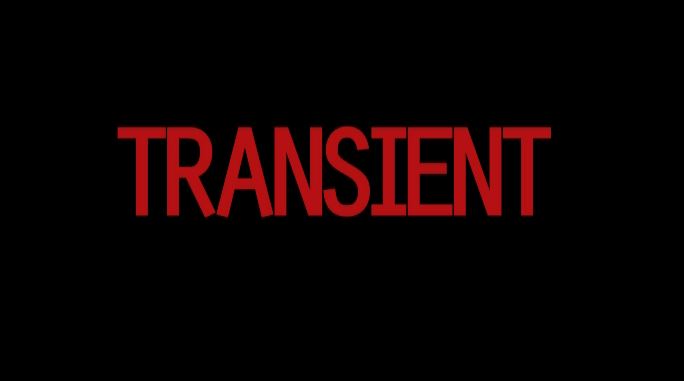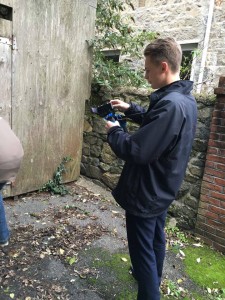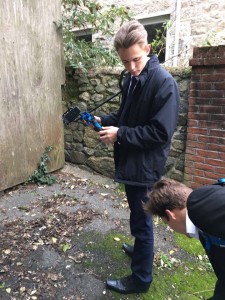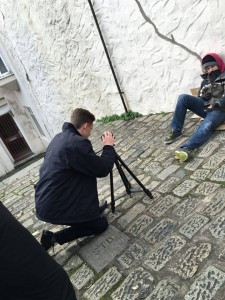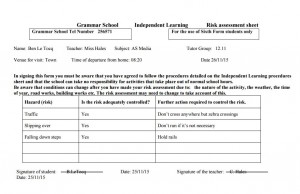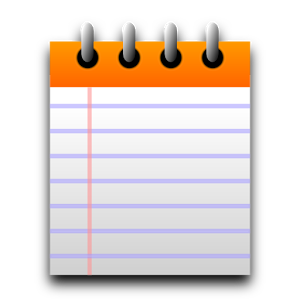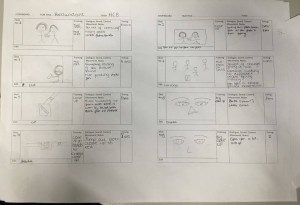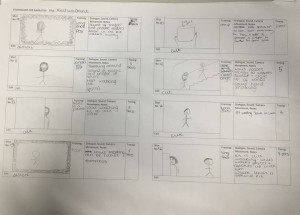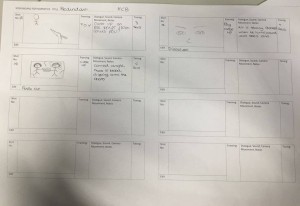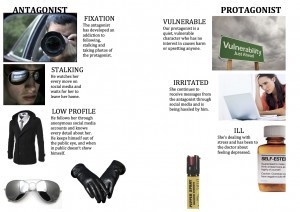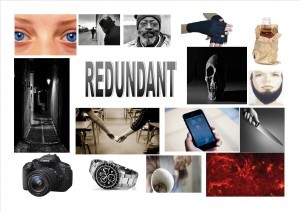On Thursday 26th November, Chloe, Harry and I filmed our opening sequence in town. We had Kirsty, Kit and Louis as our actors and overall I feel that the day of filming went smoothly. Reflecting on our filming day, I feel that when we starting we didn’t quite understanding what was expected. After recording a few scenes following our story board, the rest of our opening sequence flowed well and made logical sense throughout our afternoon of filming. We ensured that we filmed each scene more than once from many angles while using a range of camera techniques.
Highlights of the day:
- The point of view shots we captured on our homeless actor turned out to be some of the best shots we filmed on the day.
- The prepared was thoroughly thought through creating a smoothness of final scenes which is one of the main part to our opening sequence.
- Types of lighting we used adds effect to some key scenes in our opening sequence. These helped highlight facial expressions when they were the focal point.
- I feel that we were able to get so many different shots out of only a few locations, keeping the plot simply but using a variety of shots and ideas proved to work well.
- The three of us all understood what needed to be done and followed the same ideas, allowing us to be productive and enjoy the day without feeling under pressure.
Low points of the day:
- Some of our shots did not turn out to be as successful as we originally thought. We had planned to show the homeless man stabbing a picture of his boss showing the end of his life, however the picture wasn’t very clear which weakened this point of our story.
- Acting in the opening scenes wasn’t as good as planned because in some shots the actors looked into the camera which we didn’t want.
- Last minute change to a few scenes on the day meaning we had to improvise and therefore didn’t have as much time during the filming day.
Targets for future filming:
- Be fully prepared before filming day, having all the props we need and if unsure about a prop just bring it because it may be a mistake
- Ensure our actors know what to do and how we want them to do it. Here we could of briefed them before filming meaning everyone knew what to do.
- Share our timing plans with our actors so we get enough correct footage
- Thorough filming, we could of done with filming many different angles in some shots to allow the scene to flow smoothly. Having many shots would of allowed us to have some choice when editing.
